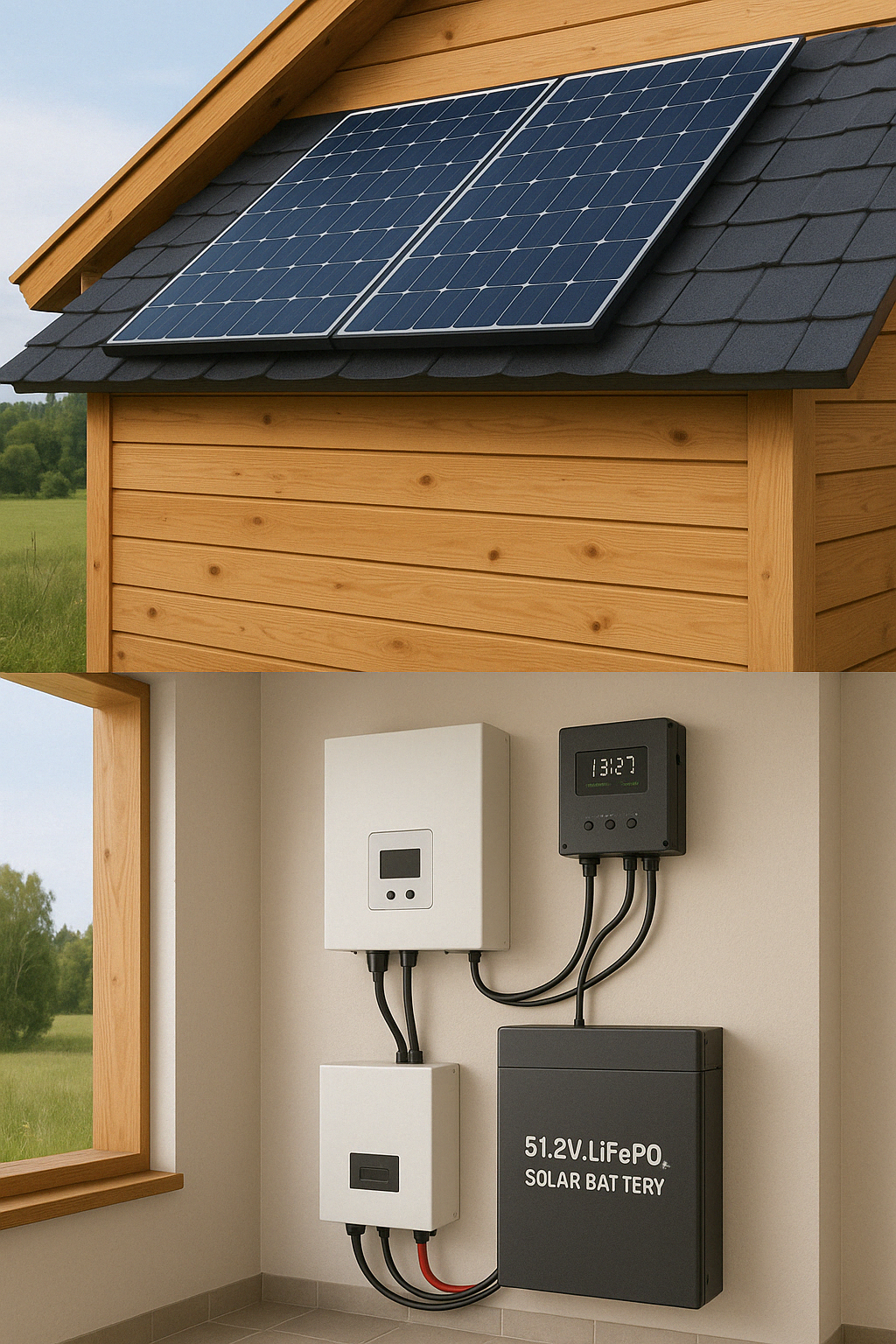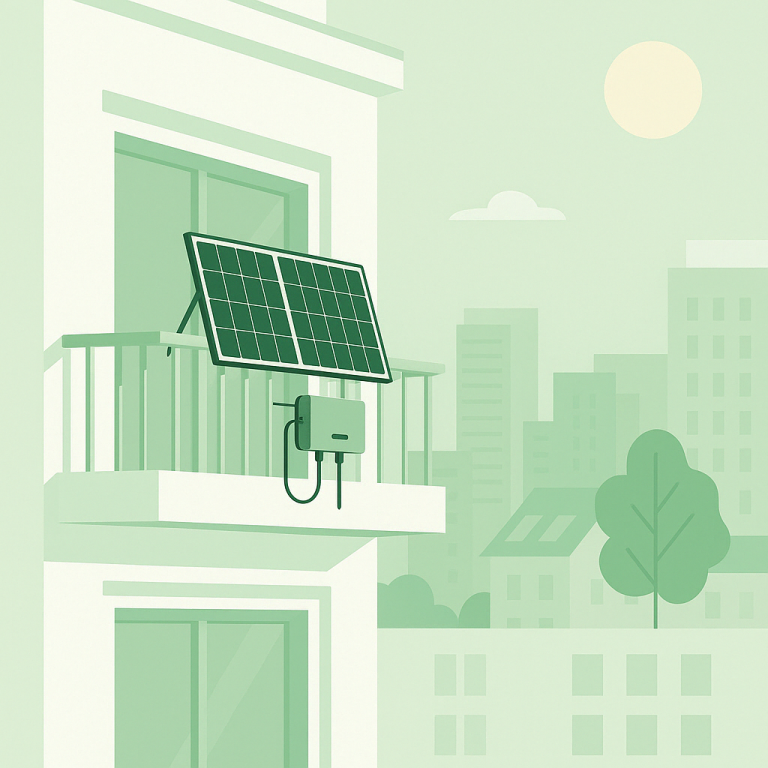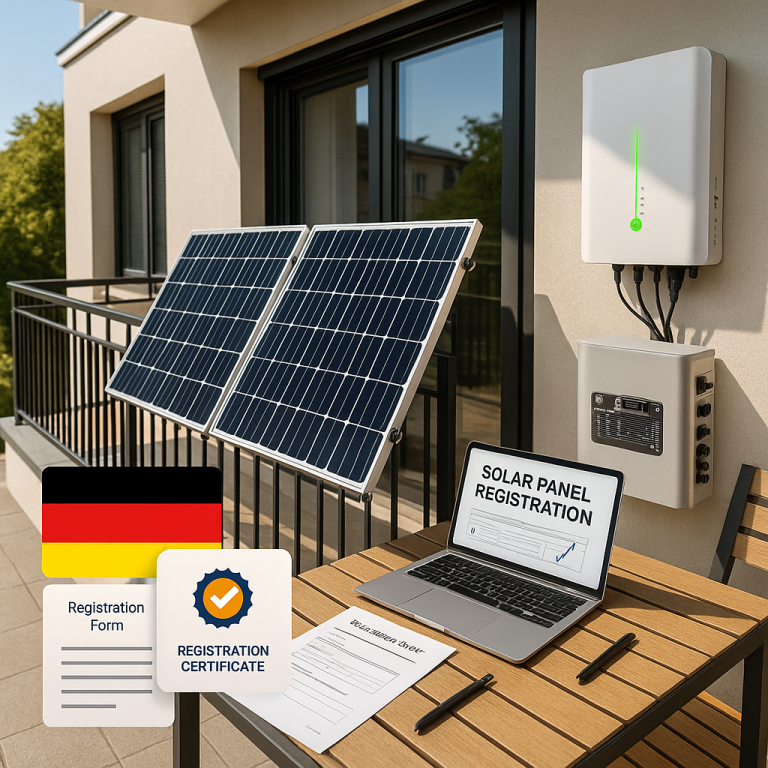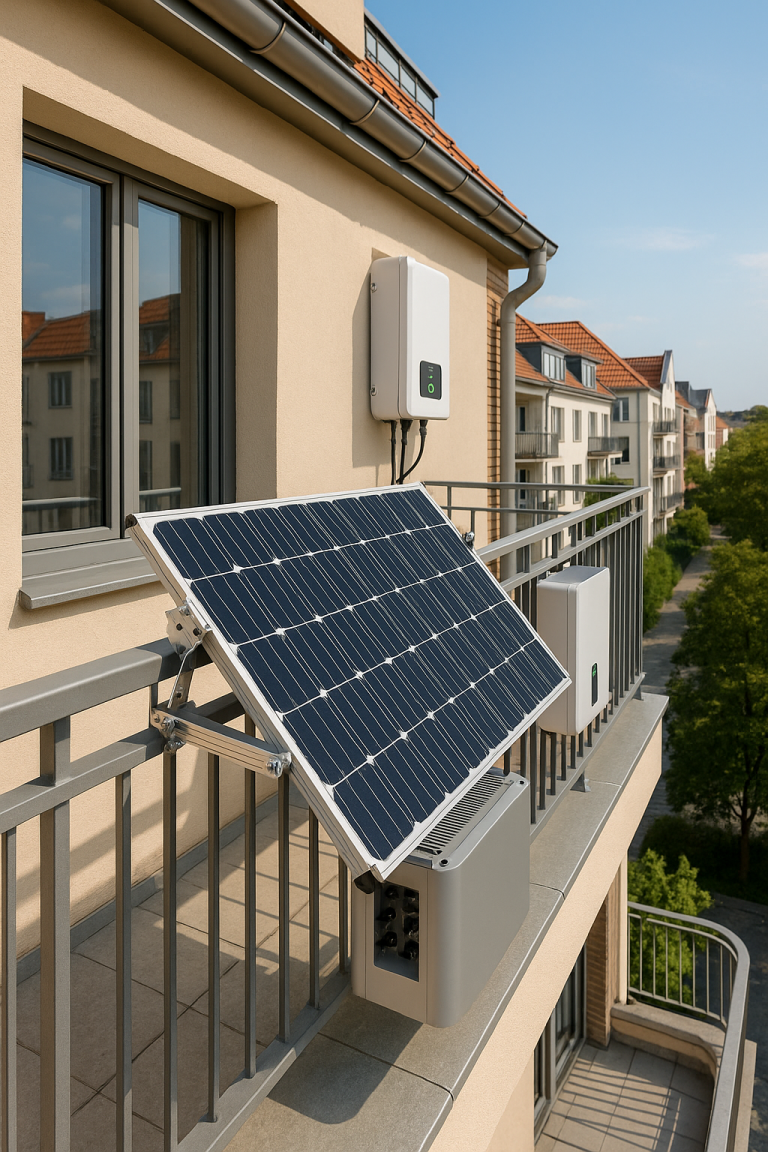1. Introduction – Why Off-Grid Solar Is Growing in Europe
Energy independence is becoming a major priority across Europe — not just for sustainability, but for cost control, power security, and decentralized living. Whether you’re living in a rural cabin in Austria, operating a farmhouse in Spain, or preparing a backup system for your off-grid holiday home in Sweden, off-grid solar power with LiFePO₄ batteries is the most reliable, future-proof solution.
This guide is designed for DIY builders, solar installers, and B2B buyers looking to implement a standalone power system using LiFePO₄ (lithium iron phosphate) batteries — known for their safety, longevity, and scalability.
2. What Exactly Is an Off-Grid Solar Power System?
An off-grid solar system is a fully independent power solution that generates, stores, and supplies electricity without any connection to the public grid.
It typically includes:
- Solar panels – Generate electricity from sunlight
- MPPT charge controller – Regulates voltage to batteries
- LiFePO₄ battery bank – Stores excess power for later use
- Inverter – Converts battery power (DC) to household electricity (AC)
- Wiring + fuses + breakers – Ensure system protection and connectivity
Off-grid systems are ideal for:
- Remote homes or mountain cabins
- Farms or offsite storage units
- Backup power during outages
- Mobile setups (boats, RVs, tiny houses)
3. Key Benefits of Using LiFePO₄ Batteries Off-Grid
LiFePO₄ batteries are increasingly becoming the preferred storage solution in European off-grid systems. Here’s why:
✅ Long Lifespan
Over 6,000 charge/discharge cycles at 80% depth of discharge (DoD), translating to 10–15 years of reliable usage.
✅ Safety
No risk of fire or explosion — thermally stable and non-toxic, unlike traditional lithium-ion chemistries.
✅ Deep Discharge
Can regularly discharge down to 10–20% SOC without damage, providing maximum usable capacity.
✅ Lightweight & Compact
Great for wall-mounting or tight spaces compared to lead-acid batteries.
✅ Maintenance-Free
No acid, no water refills, no memory effect.
? In cold climates (Scandinavia, Alps), many LiFePO₄ batteries include low-temperature cut-off and heating options.
4. Step 1: Determine Your Power Needs (kWh/Day)
Before choosing any hardware, you must calculate your daily energy consumption. Use this formula:
? Daily Load Calculation:
Appliance Power (W) × Hours/Day = Wh/Day
Add all your devices (lights, fridge, Wi-Fi, etc.) and convert total to kWh/day.
Example:
| Appliance | Power (W) | Hours/Day | Daily Use (Wh) |
|---|---|---|---|
| LED Lights | 100 | 5 | 500 |
| Fridge | 120 | 8 | 960 |
| Router | 20 | 24 | 480 |
| Laptop | 60 | 6 | 360 |
| Total | — | — | 2.3 kWh/day |
Add 30% margin for inverter losses + weather variability → target = ~3.0 kWh/day
5. Step 2: Select the Right Solar Panels (Wattage, Quantity)
Next, size your solar array to cover your daily load.
? Calculation:
Total Panel Wattage = (Daily kWh × 1000) ÷ Peak Sun Hours (PSH)
In most parts of Europe:
- Summer PSH ≈ 5–6
- Winter PSH ≈ 2–3
Example:
- Need: 3,000Wh/day
- PSH (Germany average): 3.5
- Panels: 3,000 ÷ 3.5 = ~860W → Round up to 1000W (e.g., 3 × 350W panels)
? Use monocrystalline panels for better output in cloudy climates.
6. Step 3: Choose a Smart MPPT Charge Controller
MPPT (Maximum Power Point Tracking) controllers increase charge efficiency by 20–30% vs. PWM.
? Features to look for:
- Voltage input range: up to 150V–250V
- Output current: 30A–100A (based on system)
- Battery profiles: LiFePO₄ compatible
- Smart monitoring via Bluetooth or Wi-Fi
- Protections: overcharge, short circuit, reverse polarity
? Ensure your controller supports 51.2V nominal systems if you plan to use modern battery banks.
7. Step 4: Pick the Right LiFePO₄ Battery Bank
Now choose your battery size and configuration.
? Battery Sizing Formula:
Battery Capacity (kWh) = Daily Use × Days of Autonomy ÷ DoD
Example:
- Daily use: 3.0 kWh
- Backup time: 2 days
- DoD: 85%
- → 3.0 × 2 ÷ 0.85 = ~7.1 kWh total capacity
? Choose a 51.2V (16-cell) battery for better inverter compatibility.
For modular setups, pick stackable wall-mounted batteries that support CAN/RS485 communication.
8. Step 5: Use a Compatible Inverter (Hybrid, Pure Sine Wave)
The inverter bridges your DC storage with AC household loads. For off-grid use:
✅ Must be:
- Pure sine wave (not modified)
- Compatible with 48V/51.2V systems
- Output power ≥ total appliance wattage + surge
- Optional: hybrid type with solar+grid+gen input
Example:
- Daily loads: 2,000W
- Surge loads (fridge, pump): 3,500W
- → Use a 5kW hybrid inverter
Brands to consider: Victron, Growatt, Deye, MPP Solar
9. Step 6: Assemble and Connect Your System Safely
Here’s the basic wiring order:
Solar Panels → MPPT Controller → Battery Bank → Inverter → AC Loads
Key tips:
- Use MC4 connectors and 4–10mm² solar cable
- Install DC breakers and fuses between components
- Ground the inverter and battery enclosure
- Never connect or disconnect under load
? Follow local EU electrical codes for installations — especially in multi-dwelling properties.
10. Maintenance Tips + Troubleshooting Checklist
Though LiFePO₄ systems are low-maintenance, here’s what to check monthly:
✅ Maintenance:
- Dust off panels
- Check app for battery health
- Ensure battery temps remain under 50°C
- Verify no moisture or corrosion on terminals
⚠️ Troubleshooting:
| Symptom | Possible Cause |
|---|---|
| Battery not charging | PV underproduction / MPPT miswired |
| Inverter shuts down | Undervoltage / overload |
| No AC output | Inverter not initialized |
| SOC stuck at 0% | BMS communication error |
Use your inverter/app diagnostics to check logs and error codes.
11. Conclusion – Build Energy Independence, One Panel at a Time
With energy prices rising and power grid reliability declining in some EU regions, building your own off-grid solar system is more than a backup plan — it’s a step toward true energy autonomy.
By choosing:
- LiFePO₄ batteries for safe, long-lasting storage
- MPPT controllers for maximum efficiency
- Right-sized panels and inverters
- And ensuring a clean, professional install…
…you create a self-reliant system that can power your home, business, or retreat for years to come — without relying on utilities.
? “The sun is free — it’s the system that empowers you to own it.”




